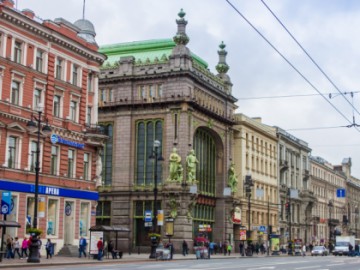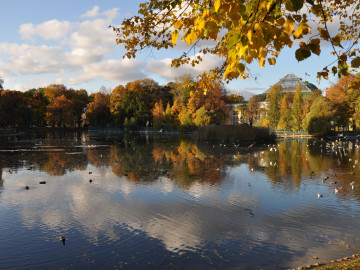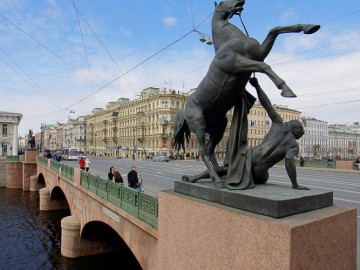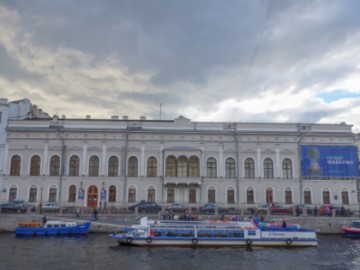Alexander Nevsky Lavra - the Last Refuge of Russian Geniuses
Peter the Great founded the Alexander Nevsky Lavra as a friary on the site where, as it was believed then, the Battle of the Neva took place in 1240. In that battle Russian troops under the command of Alexander Nevsky defeated the Swedes. The convent upon Domenico Trezzini’s design was built in 1710. Other buildings (churches, cells, metropolitan’s private rooms) were symmetrized. The friary was also supposed to be an outpost in the southeast of the new capital, to the center of which a road called "Nevskaya pershpektiva" was laid (now – a prospect). In the XVIII century, the monastery was granted the status of a lavra.
One of the first buildings of Alexander Nevsky Lavra is the Church of the Annunciation, where the relics of Alexander Nevsky were initially transferred to in 1724. Today it houses the remains of Anna Leopoldovna and Suvorov. The cemetery of another church in the territory of Lavra, the Lazarevsky, contains the graves of Fonvizin, Glinka, Zhukovsky, Tchaikovsky, Komissarzhevskaya and other figures of Russian culture. This necropolis, together with the Tikhvin cemetery, is part of the Museum of Urban Sculpture. The main building in the Lavra complex is Holy Trinity Cathedral. The first cathedral of the Petrine era was demolished in the mid-XVIII century, and the current building in early classicism came under Catherine II. It is a functioning single-domed church with two bell towers, decorated with bas-relief panels with biblical scenes, statues of saints and iconostasis decorated with marble. Its core values are the relics of Nevsky, the ark of the saints and the Icon of the Mother of God "Quick to Hearken Nevskaya".




































